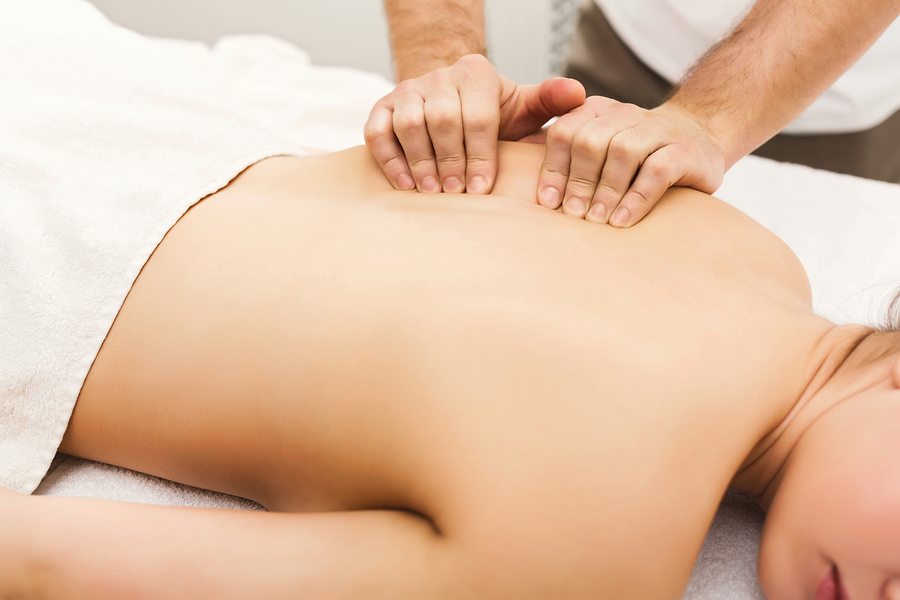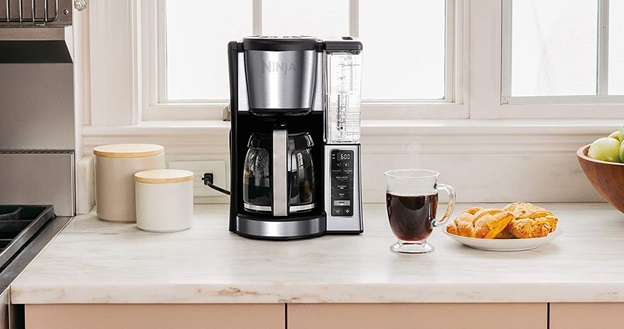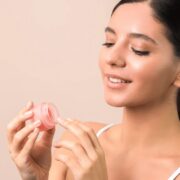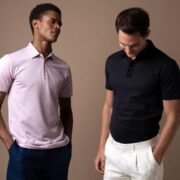
Why Barefoot Shoes are a Game-Changer for Foot Health
When it comes to foot health, many people are seeking alternatives to traditional footwear that can potentially restrict natural movement and cause various foot problems. One solution that has gained popularity in recent years is barefoot shoes. These innovative shoes are designed to mimic the feeling of walking barefoot, while still providing some protection and support.
The science behind barefoot shoes is rooted in the concept of natural movement. These shoes are specifically designed to allow your feet to move in the way they were intended to, without any interference or limitation. By promoting natural movement, barefoot shoes can help improve foot health and overall posture.
One of the key benefits of barefoot shoes is their ability to strengthen the muscles in your feet. Traditional shoes often provide excessive cushioning and support, which can lead to weak foot muscles. Barefoot shoes, on the other hand, encourage the muscles in your feet to work harder, promoting strength and stability.
In addition to muscle strengthening, barefoot shoes also promote proper alignment and posture. When wearing traditional shoes with elevated heels and arch support, your feet are held in an unnatural position that can throw off your body’s overall alignment. Barefoot shoes allow your feet to align naturally, which can have a positive impact on your posture and prevent issues such as back pain.
The Different Types of Barefoot Shoes and How to Choose the Right Pair for You
When it comes to barefoot shoes, there are several different types to choose from. The most common types include minimalist shoes and true barefoot shoes. While both types promote natural movement, there are some key differences to consider.
Minimalist shoes are a good option for those who are new to barefoot footwear. These shoes offer a bit more cushioning and protection compared to true barefoot shoes. They typically have a thin, flexible sole and a wide toe box, allowing your feet to move more naturally while still providing some support.
On the other hand, true barefoot shoes offer the most minimal amount of cushioning and protection. These shoes have an incredibly thin and flexible sole that allows you to feel the ground beneath your feet. They are designed to provide the closest possible experience to walking barefoot, while still offering some protection from sharp objects.
When choosing the right pair of barefoot shoes for you, it’s important to consider your specific needs and activities. Different shoe styles are available for various activities such as running, hiking, and everyday walking. Additionally, factors such as foot shape, arch support, and personal preferences should be taken into account.
Transitioning to Barefoot Shoes: Tips and Techniques for a Smoother Experience
Transitioning to barefoot shoes can be a gradual process, especially if you’re used to wearing traditional shoes with excessive cushioning and support. It’s important to take it slow and allow your feet and muscles to adapt to the new way of moving.
One approach to transitioning to barefoot shoes is to slowly incorporate them into your routine. Start by wearing them for short periods of time and gradually increase the duration as your feet become accustomed to the new sensation. This can help prevent any discomfort or pain that may arise from sudden changes in footwear.
In addition to gradually introducing barefoot shoes, it’s also beneficial to strengthen your feet and improve their flexibility. There are various exercises and practices that can help prepare your feet for barefoot shoes. These may include toe exercises, barefoot walking on different surfaces, and foot stretches.
While transitioning to barefoot shoes, it’s important to be aware of common challenges that may arise. Some people may experience muscle soreness or foot discomfort as their feet adjust to the new way of moving. It’s important to listen to your body and give it time to adapt. If any issues persist, it may be helpful to consult with a podiatrist or a healthcare professional.
Maintaining and Caring for Your Barefoot Shoes to Maximize Longevity
Proper maintenance and care are essential to maximize the longevity of your barefoot shoes. With the right practices, you can ensure that your shoes stay fresh and in good condition for a long time.
One important aspect of maintenance is cleaning your barefoot shoes regularly. Depending on the material, you may be able to hand wash them with mild soap and water. It’s important to follow the manufacturer’s instructions for cleaning to avoid damaging the shoes.
Storage is another crucial factor in preserving the lifespan of your barefoot shoes. Avoid exposing them to extreme temperatures or sunlight for extended periods of time, as this can cause them to deteriorate. It’s recommended to store them in a cool, dry place away from direct sunlight.
It’s also important to know when it’s time to replace your barefoot shoes. Signs of wear and tear may include visible damage to the outsole or upper material, decreased cushioning or support, and an uncomfortable fit. If you notice any of these signs, it’s a good indication that it’s time to invest in a new pair.
FAQ
Question: How do barefoot shoes promote foot health? – Barefoot shoes promote foot health by allowing natural movement, strengthening foot muscles, and promoting proper alignment and posture.
Question: What are the different types of barefoot shoes? – There are two types of barefoot shoes: minimalist shoes and true barefoot shoes. Minimalist shoes offer more cushioning and protection, while true barefoot shoes provide the closest experience to walking barefoot.
Question: How do I choose the right pair of barefoot shoes? – When choosing barefoot shoes, consider your specific needs, activities, foot shape, arch support, and personal preferences. Different shoe styles are available for various activities such as running, hiking, and everyday walking.
Question: How do I transition to wearing barefoot shoes? – Transitioning to barefoot shoes should be a gradual process. Start by wearing them for short periods of time and gradually increase the duration as your feet adapt. It’s also beneficial to strengthen your feet and improve flexibility through exercises and practices.
Question: What challenges can arise during the transition to barefoot shoes? – Some people may experience muscle soreness or foot discomfort as their feet adjust to the new way of moving. It’s important to listen to your body and give it time to adapt. If issues persist, consulting with a professional may be helpful.
Question: How do I maintain and care for my barefoot shoes? – To maximize the longevity of barefoot shoes, clean them regularly following the manufacturer’s instructions. Store them in a cool, dry place away from extreme temperatures and sunlight. Replace them when signs of wear and tear appear.
Question: What should I look for when it’s time to replace my barefoot shoes? – Signs that it’s time to replace barefoot shoes include visible damage to the outsole or upper material, decreased cushioning or support, and an uncomfortable fit.
Question: Should I consult a professional for any foot issues related to transitioning to barefoot shoes? – If you experience persisting issues or concerns during the transition to barefoot shoes, it may be helpful to consult with a podiatrist or healthcare professional.










